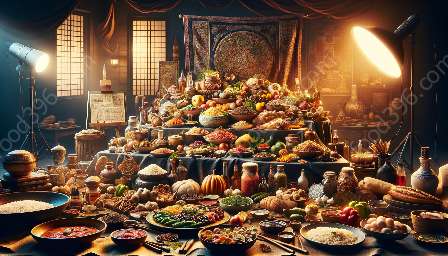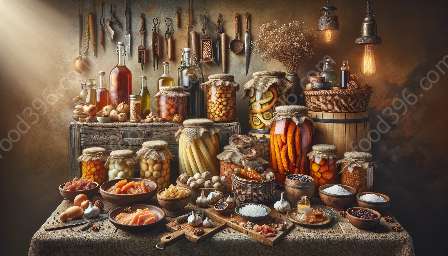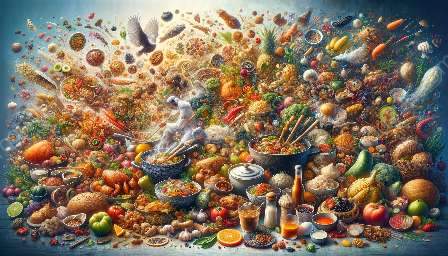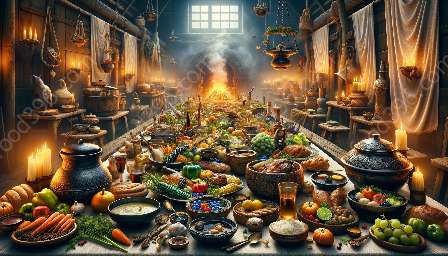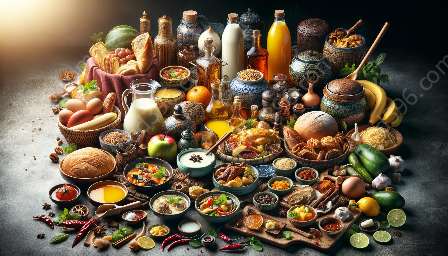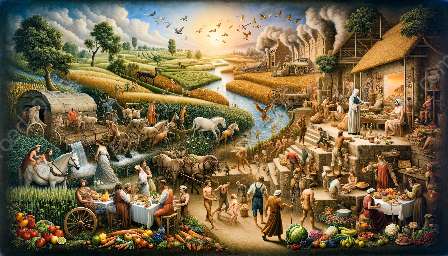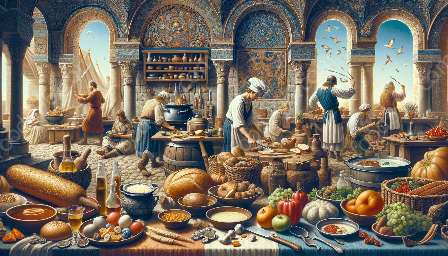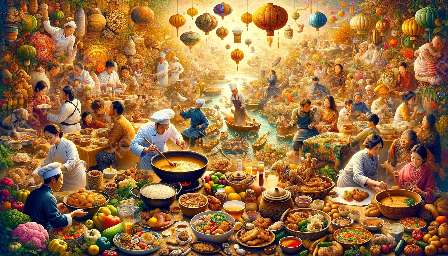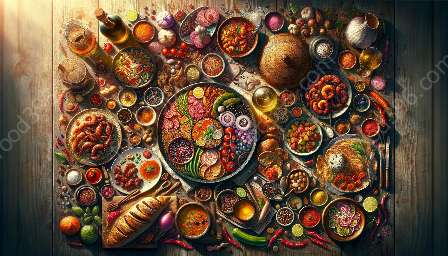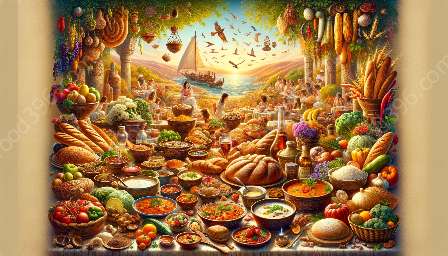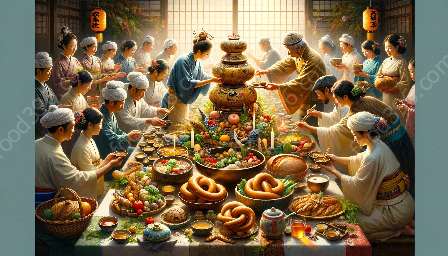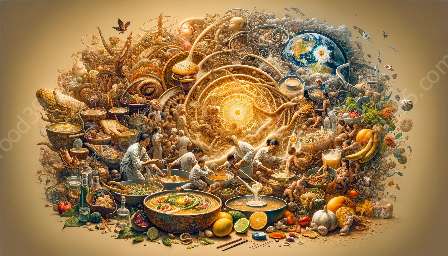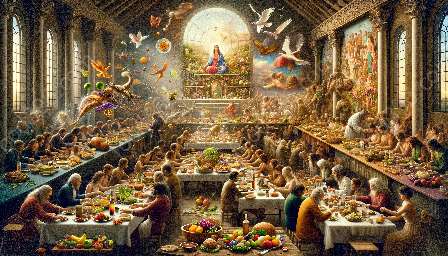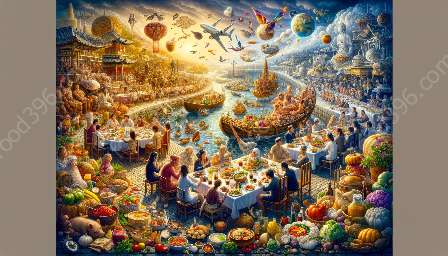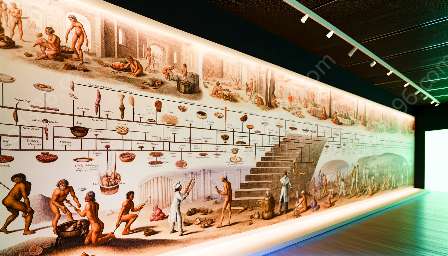Throughout history, food presentation and dining etiquette have both evolved in tandem with changes in food culture. From ancient times to the modern era, these aspects have been profoundly influenced by food and drink traditions, reflecting the values and customs of diverse societies.
Early Developments
In ancient civilizations, such as the Egyptians, Greeks, and Romans, food presentation and dining etiquette held significant cultural and social importance. Serving and consuming meals were often intertwined with religious rituals, feasts, and social gatherings. Elaborate banquets were hosted to showcase opulence and hospitality, with table manners and presentation styles varying across regions and social classes.
Medieval Era
During the Middle Ages, dining etiquette became more formalized, particularly in the courts of nobility and royalty. The practice of using utensils such as knives, spoons, and forks started to emerge, signifying a shift towards refined dining customs. Banquets became elaborate affairs, serving as a platform for displaying status and power through the art of food presentation.
Renaissance and Enlightenment
The Renaissance period brought about a resurgence of interest in culinary arts and dining etiquette. With the rise of influential cookbooks and treatises, elaborate table settings and garnishes became prevalent. The Enlightenment era further propelled the refinement of dining etiquette, emphasizing principles of civility, order, and sophistication in food presentation.
Industrial Revolution and Modernization
The Industrial Revolution marked a significant turning point in the evolution of food presentation and dining etiquette. The mass production of tableware and the proliferation of dining establishments fostered new norms in dining culture. As societies urbanized and diversified, culinary traditions from around the world began to influence global dining etiquette, leading to a rich tapestry of customs and practices.
Contemporary Trends
In the contemporary era, the evolution of food presentation and dining etiquette continues to be shaped by dynamic food and drink cultures. The rise of social media has fueled an emphasis on visually appealing dishes, leading to creative plating techniques and innovative table arrangements. Additionally, diverse culinary influences and dining experiences have redefined traditional etiquette, making way for more inclusive and casual dining practices.
Interplay with Food Culture and History
Food presentation and dining etiquette have been intricately intertwined with food culture and history, reflecting broader societal changes and culinary innovations. The art of food presentation not only showcases the creativity and skill of chefs but also serves as a reflection of cultural values and aesthetics. Furthermore, dining etiquette has evolved in response to shifts in social dynamics, globalization, and the ever-changing landscape of food and drink traditions.
Conclusion
As we trace the evolution of food presentation and dining etiquette, it becomes evident that these aspects are deeply embedded in the fabric of food culture and history. From ancient rituals to modern trends, the journey of food presentation and dining etiquette offers a captivating glimpse into the ever-changing dynamics of culinary customs and societal norms.

